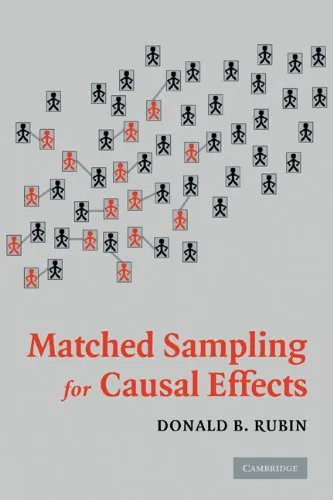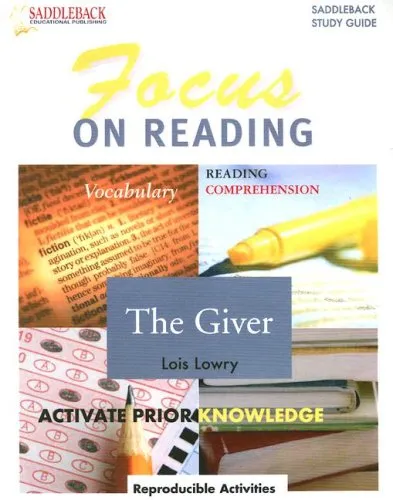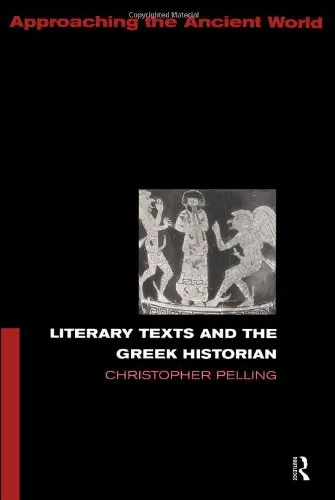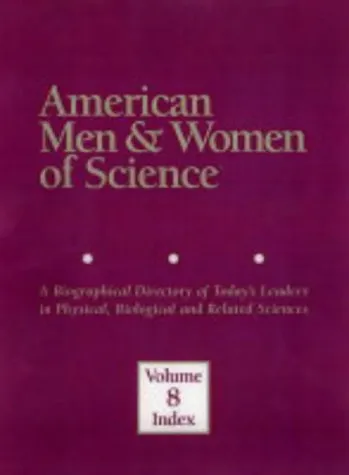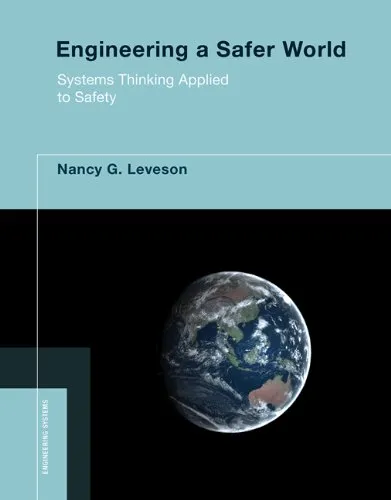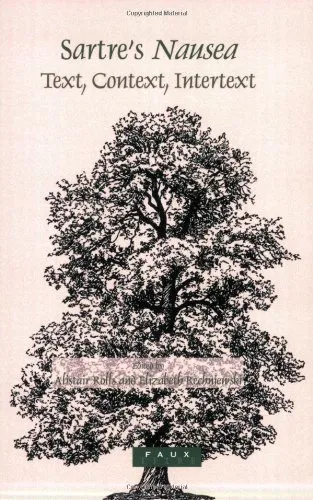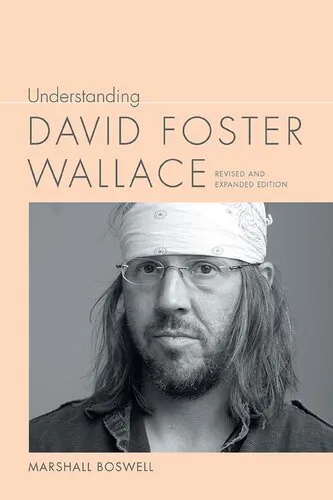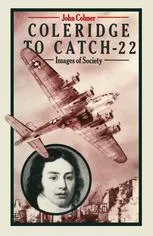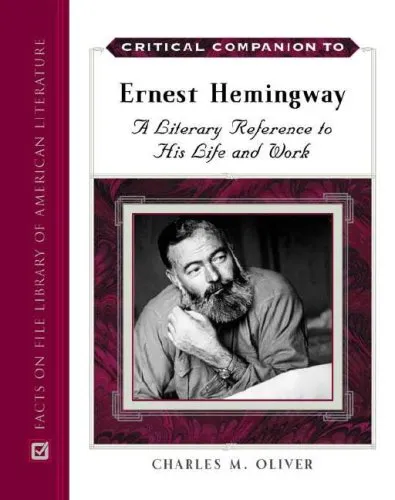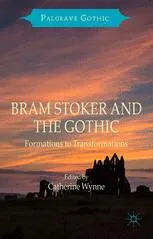Matched Sampling for Causal Effects
4.3
Reviews from our users

You Can Ask your questions from this book's AI after Login
Each download or ask from book AI costs 2 points. To earn more free points, please visit the Points Guide Page and complete some valuable actions.Related Refrences:
Welcome to the profound exploration of causal inference through the lens of matched sampling, as meticulously illustrated in 'Matched Sampling for Causal Effects'. This seminal work serves as both an introductory and comprehensive reference point for researchers, statisticians, and data scientists who are keen to delve into the intricacies of causal effect estimation. This book, authored by Donald B. Rubin, pioneers in elucidating the design and analysis of observational studies with a focus on the methodological rigor of matched sampling techniques.
Detailed Summary of the Book
The book carefully walks the reader through the fundamental concepts and applications of matched sampling in the realm of causal inference. It opens with a foundational discussion on the importance of causality over mere association, setting the stage for the necessity of robust statistical methodologies in observational research. It then progresses into the technical terrain, introducing readers to the concept of potential outcomes, Rubin's Causal Model, and how these theoretical underpinnings shape effective study designs.
Advancing further, it examines the practical implementation of matched sampling, a technique designed to closely mimic randomized experimental control through observational data. The chapters provide step-by-step guidance on matching methods, including propensity score matching, nearest neighbor matching, and caliper matching, each elucidated with real-world examples to ensure practical understanding.
One of the pivotal strengths of this book is its focus on challenges and solutions in matched sampling, such as balancing issues, covariate adjustment, and dealing with ambiguity in causal inference. It concludes with a critical evaluation of the efficacy of matched sampling and its potential limitations, along with recommendations for future research directions.
Key Takeaways
- Understanding the distinction between correlation and causation is essential in designing observational studies.
- The potential outcomes framework is foundational to drawing causal inferences.
- Matched sampling is a powerful, albeit complex, method for approximating random assignment in observational research.
- Effective implementation of matching can significantly reduce bias in causal estimates.
- Despite its advantages, matched sampling comes with limitations and requires cautious interpretation.
Famous Quotes from the Book
"Causal inference is at the heart of scientific investigation."
— Donald B. Rubin
"The art of matching lies in choosing the right tools and understanding their implications."
— Donald B. Rubin
Why This Book Matters
'Matched Sampling for Causal Effects' occupies a critical niche in statistical literature by providing a robust framework for drawing causal conclusions from non-randomized data. In an age where data-driven decision-making dominates sectors ranging from healthcare to public policy, accurately determining causality is more important than ever.
The book equips researchers with the necessary methodological toolkit to critically evaluate and implement matched sampling techniques, ultimately paving the way for more reliable and valid conclusions. Its relevance is underscored by its continued use in academia and industry, fostering advancements in evidence-based research and practice.
Overall, this book is an indispensable resource for anyone striving to enhance their understanding of causal effect estimation, providing both the theoretical underpinnings and practical applications necessary for mastering the art of matching in observational studies.
Free Direct Download
You Can Download this book after Login
Accessing books through legal platforms and public libraries not only supports the rights of authors and publishers but also contributes to the sustainability of reading culture. Before downloading, please take a moment to consider these options.
Find this book on other platforms:
WorldCat helps you find books in libraries worldwide.
See ratings, reviews, and discussions on Goodreads.
Find and buy rare or used books on AbeBooks.
1347
بازدید4.3
امتیاز0
نظر98%
رضایتReviews:
4.3
Based on 0 users review
Questions & Answers
Ask questions about this book or help others by answering
No questions yet. Be the first to ask!
